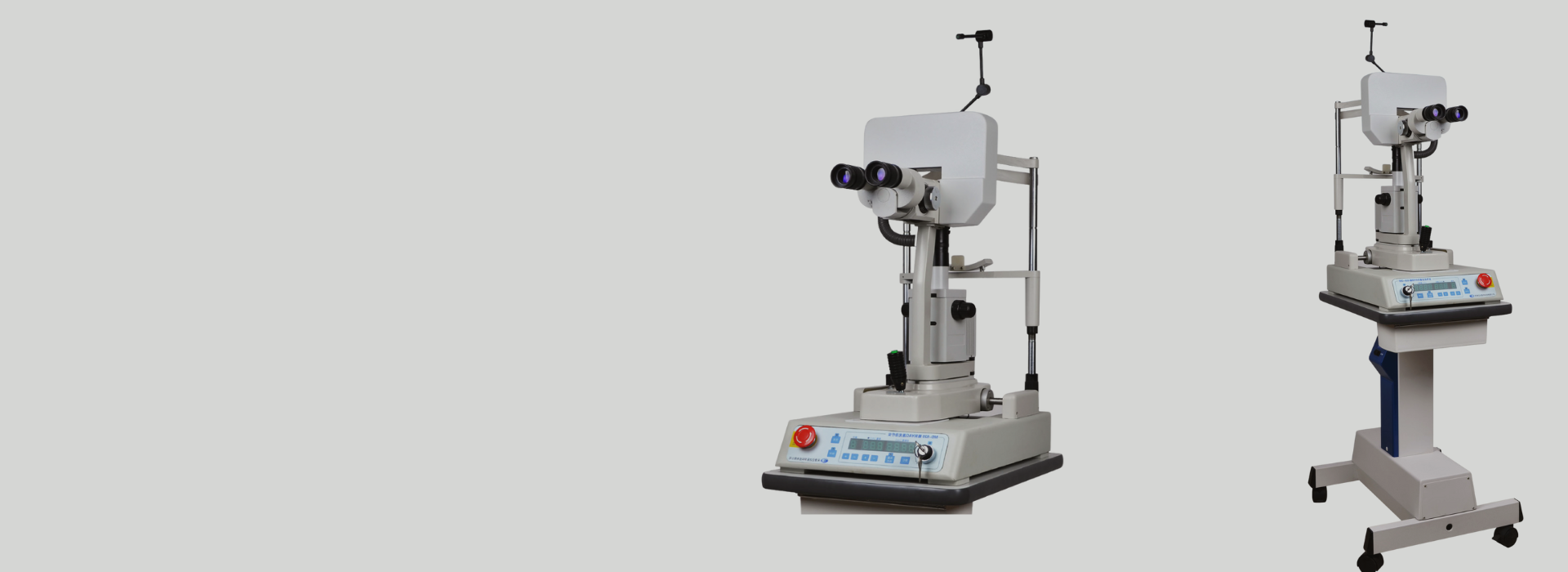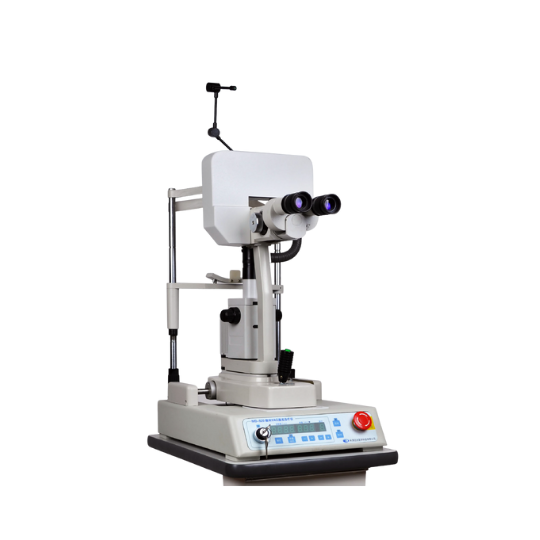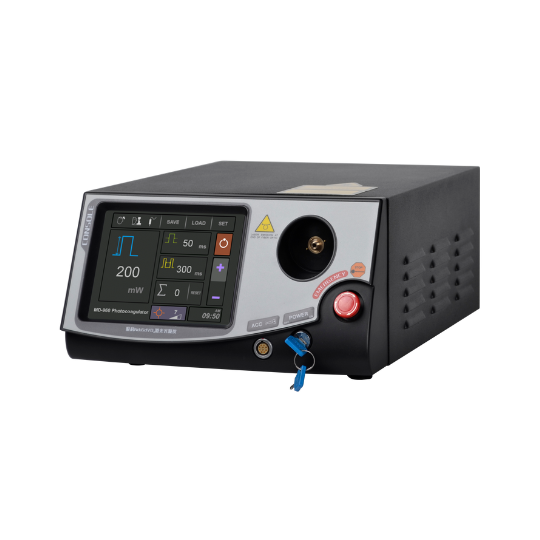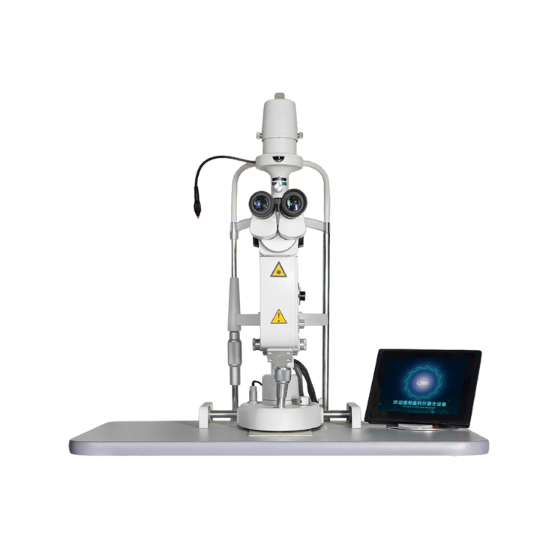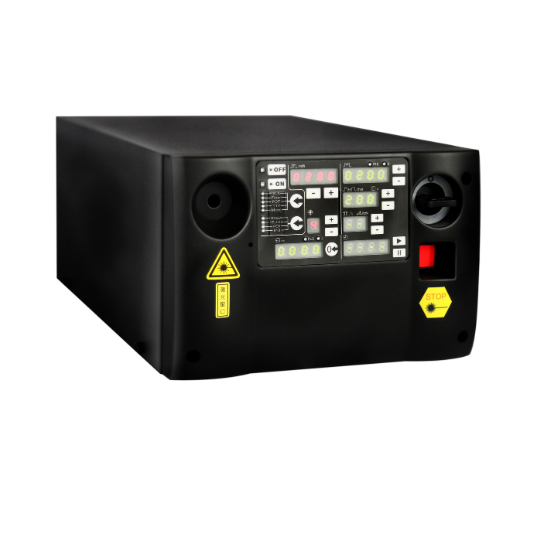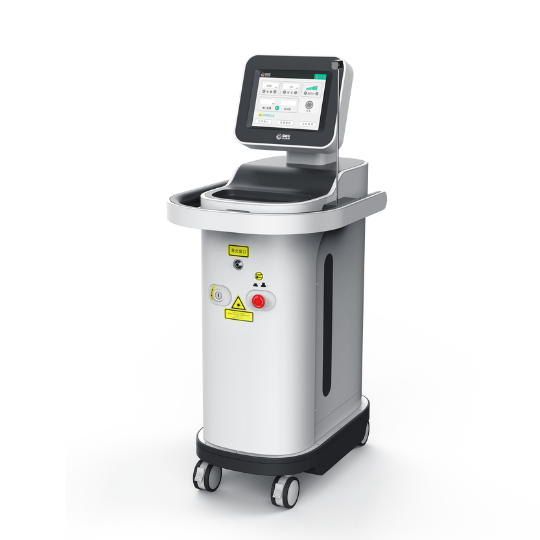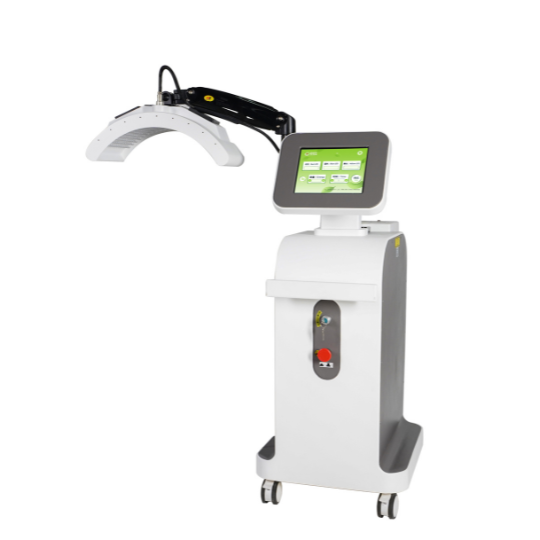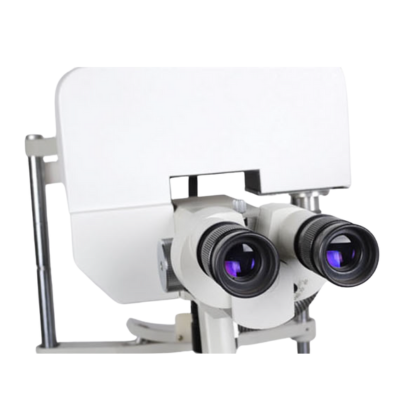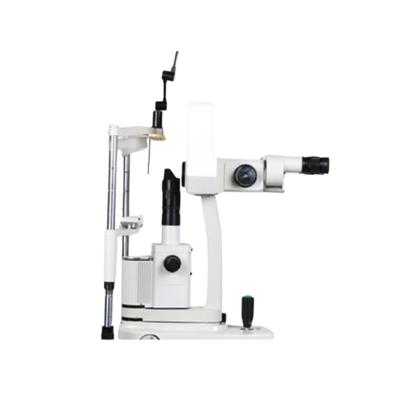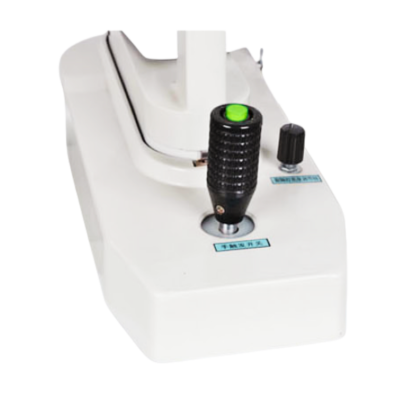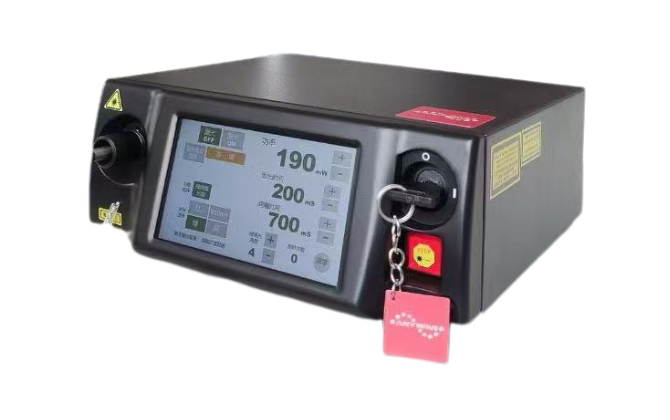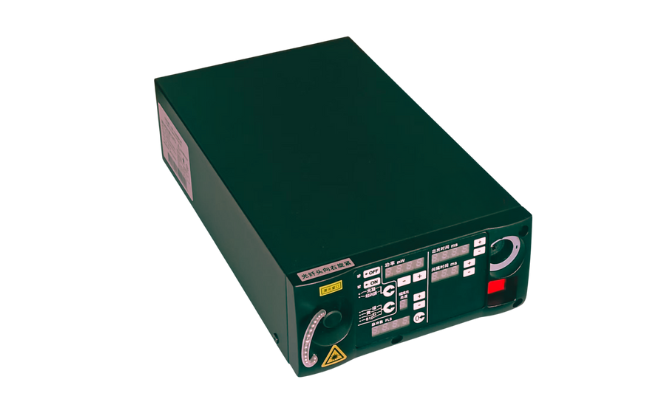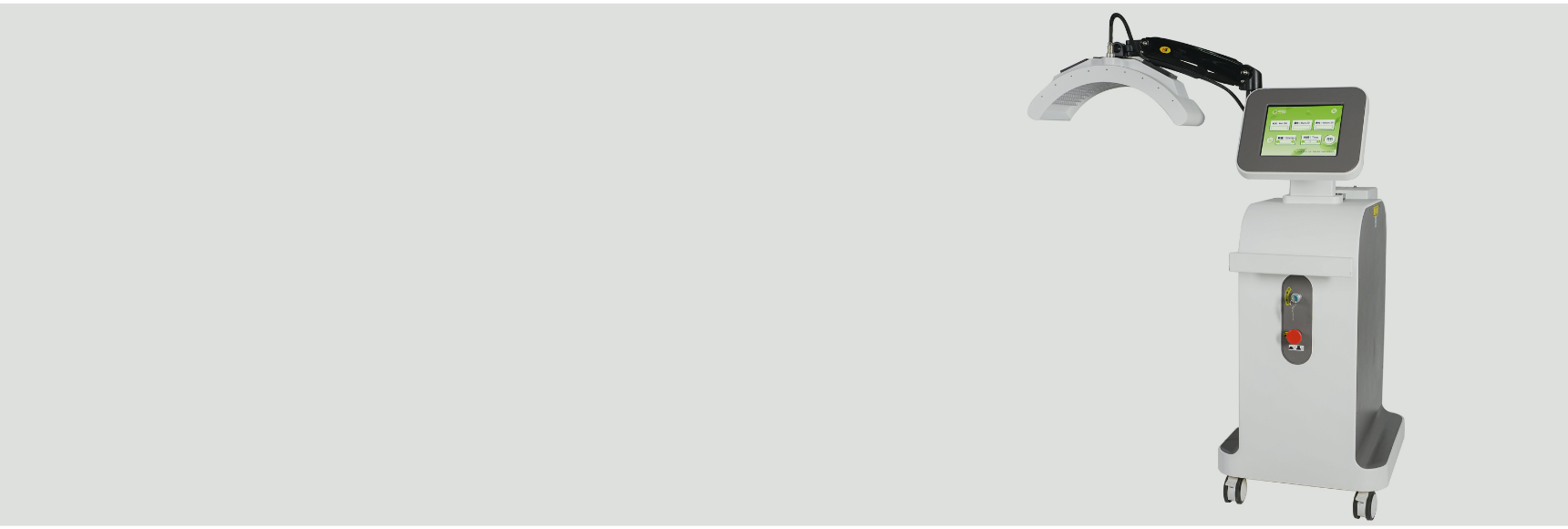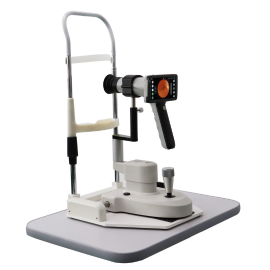Medical Lasers
- Q-switching Nd: YAG laser
- Panretinal photocoagulation laser
- Helium-neon laser for skin care
- Tear duct surgery
- Multi-functional lasers for medical use
Medical Lasers Applications
Lasers have a wide range of applications, particularly in the medical field. Modern medicine utilizes lasers to address a wide range of issues. Medical lasers utilize laser technology for diagnosis, treatment, and physical therapy. These applications include deep tissue therapy, surgical ablation, minimally invasive surgery, ophthalmology diagnosis and treatment, and skin aesthetics. Through precisely controlled light energy, medical lasers can stimulate cell function, ablate diseased tissue, and reduce inflammation and pain, thereby accelerating healing, improving treatment outcomes, and enhancing patient comfort.
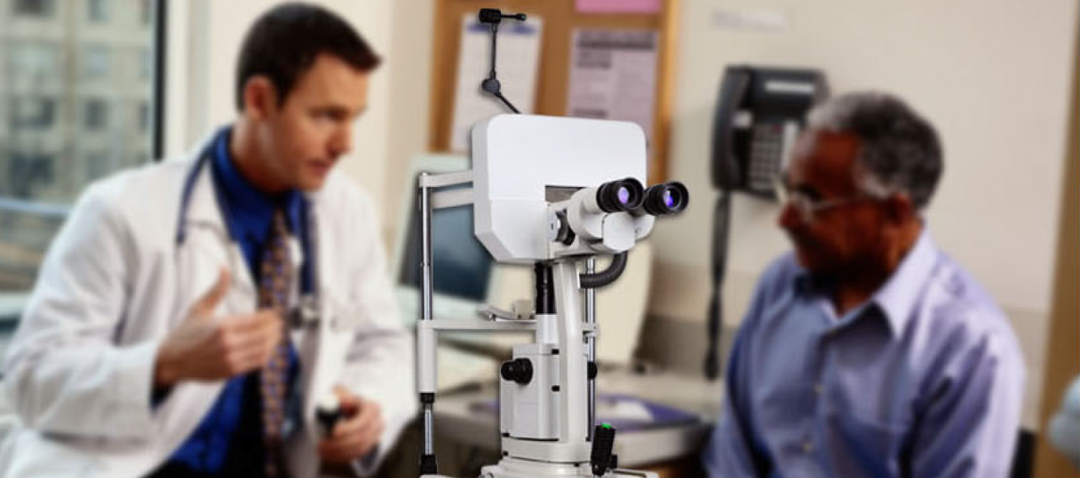
Nd: YAG Laser Machine
Our YAG laser machine is suitable for laser treatment of anterior segment diseases such as angle-closure glaucoma, membranous cataract, capsulotomy, vitrectomy, iris adhesions, goniotomy, etc.
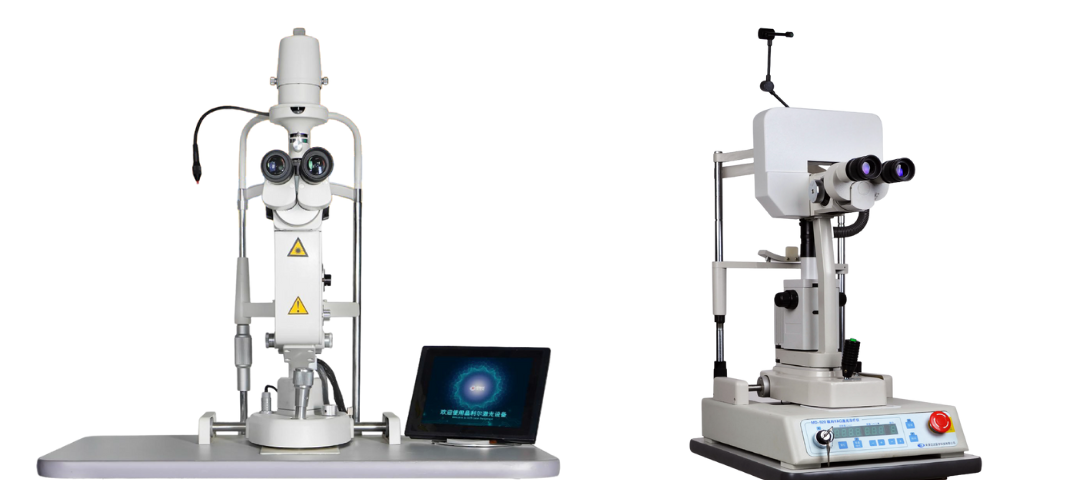
Nd: YAG Laser Y22
Our YAG laser machine uses an advanced 8-inch LCD color touch screen, which is simple and intelligent to operate. It can store patient information and treatment parameters, making it easy to record and track treatment results.
Technical Parameter
| Model | Y22 |
| Laser Wavelength | 1064nm |
| Pulse | 1~3 |
| Single Pulse Laser Energy | 0.3~10mJ Stepless Regulation 0~31 |
| Laser Total Energy | 0~30mJ |
| Pulse Width | 4ns |
| Laser Spot Diameter | 18𝜇m |
| Aiming Beam | Double Spot Positioning |
| Focused Aperture Angle | 16° |
| Magnification | 10X, 16X, 25X |
| Power Source | AC220V 50Hz 2A |
| Cooling-down Method | Air Cooling |
Q-switching Nd: YAG Laser MD-920
We have incorporated Q-switching technology into our Nd: YAG laser systems. This technology generates high-energy, short-pulse laser light by varying the Q value of the laser cavity. This laser can accurately and effectively treat ocular lesions without damaging surrounding healthy tissue, thus achieving precise, non-invasive or minimally invasive treatment of ocular lesions.
Technical Parameter
| Model | MD-920 |
| Wavelength | 1064nm |
| Burst | 1,2,3 Pulses per burst |
| Pulse Duration | 4.5ns |
| Repetition Rate | 2.5Hz |
| Energy(Power) | 1 pulse maximum output: 11mJ |
| 2 pulse maximum output: 19mJ | |
| 3 pulse maximum output 28mJ | |
| Output Energy Regulation:100%~6% adjustable by 7 steps | |
| Cone Angle | 18° |
| Spot Size | 30𝜇m |
| Aiming Beam Wavelength | 633nm |
| Cooling System | Air Cooling |
| Dimension | 765mm*610mm*420mm |
| Weight | 19kg |
Great Value Nd: YAG Laser for Clinics
Ophthalmic Q-switched YAG lasers are typically equipped with a slit lamp interface for use with a slit lamp, allowing for rapid and effective outpatient treatment. With simple installation, easy operation, and an affordable price, they are a great choice for your clinic.
What is Retinal Laser Photocoagulation?
Retinal laser photocoagulation is a commonly used laser treatment in ophthalmology. Laser photocoagulation damages diseased tissue, turning it from oxygen-consuming to oxygen-independent. This improves the oxygen supply to healthy retinal tissue, helps the new blood vessels gradually shrink, and preserves existing vision.
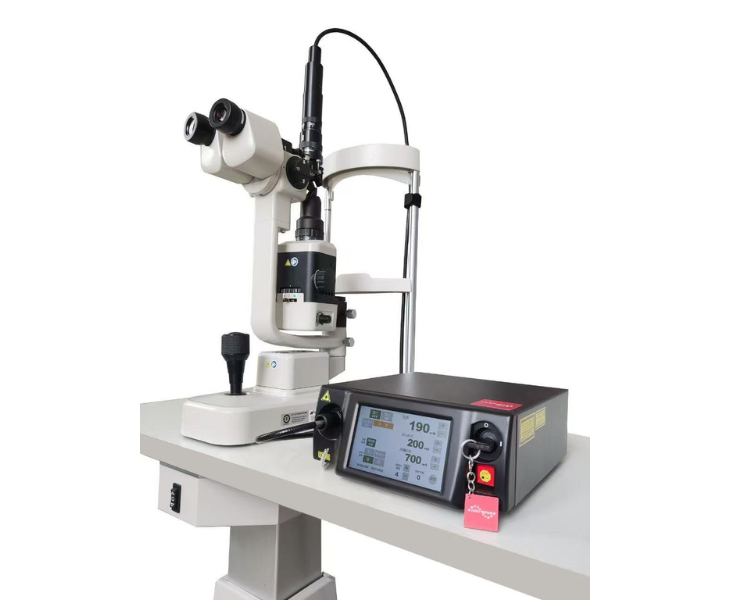
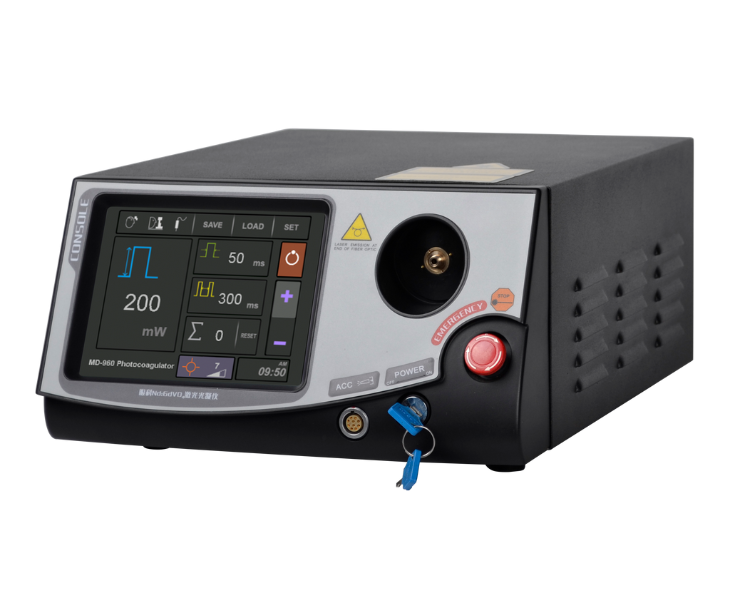
How Does Laser Photocoagulation Work?
Retinal laser photocoagulation utilizes the thermal effect of laser light. When the laser illuminates the target tissue, its pigment absorbs the photons in the laser beam. Within a certain exposure time, the energy increases the average molecular motion and collisions in the tissue, raising the tissue temperature and causing damage. This effect can directly seal leaking capillaries and diseased blood vessels. Large-area photocoagulation can damage areas of the retina with insufficient capillary blood supply, converting the retina from an oxygen-deficient state to an oxygen-free state, thereby reducing the production of factors that stimulate new blood vessels.
What Laser Can We Offer?
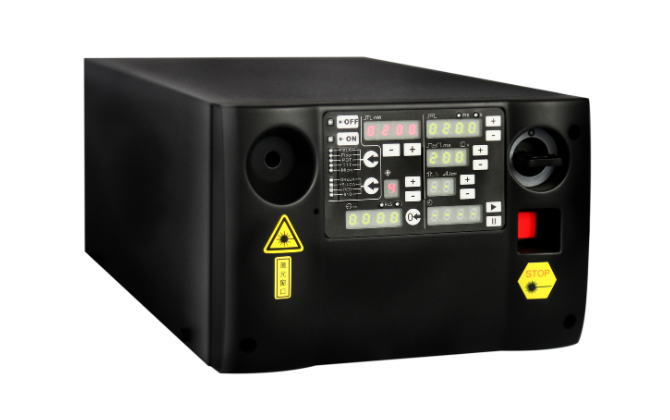
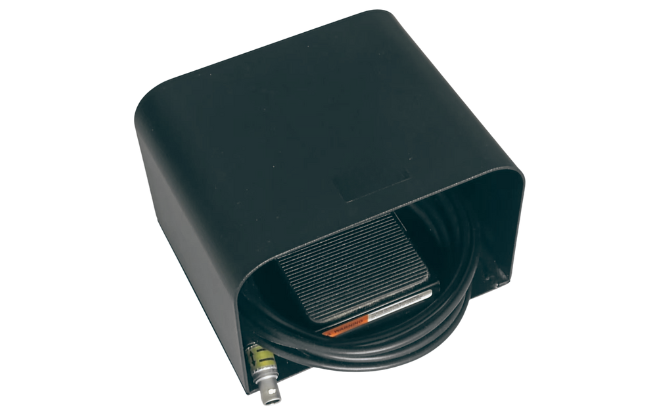
Our fundus laser photocoagulator operates in a multi-wavelength mode. You can choose the wavelength you want. It is easy to switch and simple to operate. It can achieve multiple uses with a single machine and save costs. Choose our laser machine and save more money!
532nm Laser
532nm laser is a green laser. The green light is the preferred wavelength for treating common fundus diseases, such as diabetic retinopathy and retinal obstruction, due to its high absorption by melanin, making it the first-line treatment wavelength. However, 532nm laser is more highly absorbed by hemoglobin than red light, making it unsuitable for use in cases with severe hemorrhage.
659nm Laser
The 659nm laser is a red laser. Red light has the longest wavelength and is therefore the best choice for conditions with more turbid refractive media or deep choroidal disease. Furthermore, due to its low hemoglobin absorption, it is suitable for vitreous hemorrhage or retinal hemorrhage.
810nm Laser
810nm laser is an infrared laser. Only 49% of 810nm laser light is absorbed by the fundus, primarily converted into heat energy in the choroid. The retinal pigment epithelium absorbs only 15%, while reduced hemoglobin and oxyhemoglobin have the same absorption rate of 9%. Lutein is not absorbed. It is clinically used for glaucoma (iridotomy, trabeculoplasty), ciliary body photocoagulation, sclerotomy, rhegmatogenous retinal detachment, diabetic retinopathy, vitreoretinopathy, choroidal melanoma, and choroidal neovascularization (CNV).
Accessories for Retinal Photocoagulator
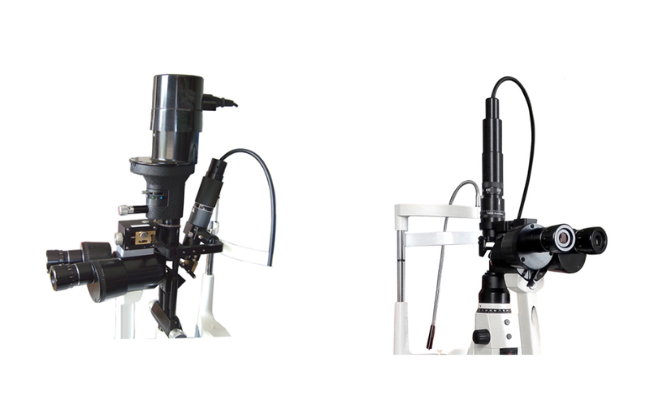
The slit lamp adapter allows laser treatment to be performed in a dark room with a slit lamp. Adaptors for top-light slit lamps and bottom-light slit lamps are available.
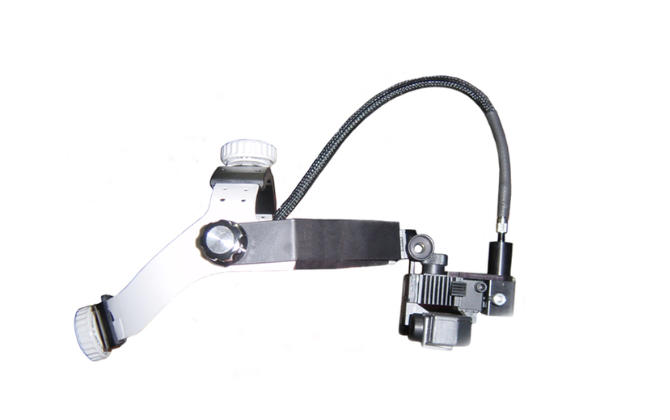
Combined with an indirect ophthalmoscope, it is used clinically by ophthalmologists for the diagnosis of retinal diseases and laser treatment.
Our photocoagulation laser works very well in Africa. It is a good helper for outpatient surgery.
Fundus laser photocoagulation is a quick way to treat fundus diseases. This minimally invasive form of surgery can relieve patients’ pain and save surgical time.
Features of Our Retinal Laser Photocoagulator

Single machine with multiple wavelengths and convenient mode switching


Fully manual zoom, flexible control, good stability, ensuring clearer edge of the light spots
Advantages of Skin Laser Machine
Clear Interface
The skin management machine is beautifully designed, easy to operate, with a clear interface and is simple and easy to learn.
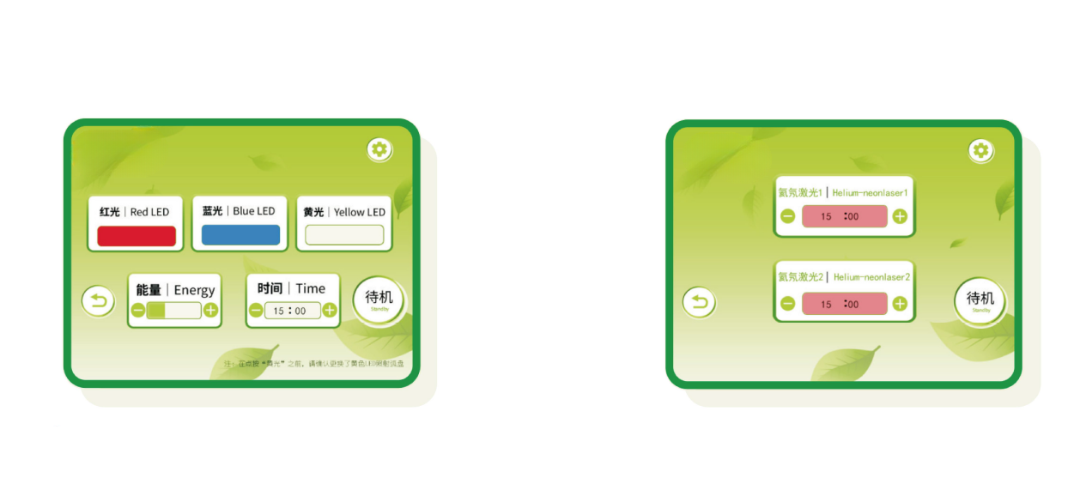
Outstanding Performance
The skin care machine has stable performance and can choose red, blue, yellow light and laser to effectively repair various skin problems.
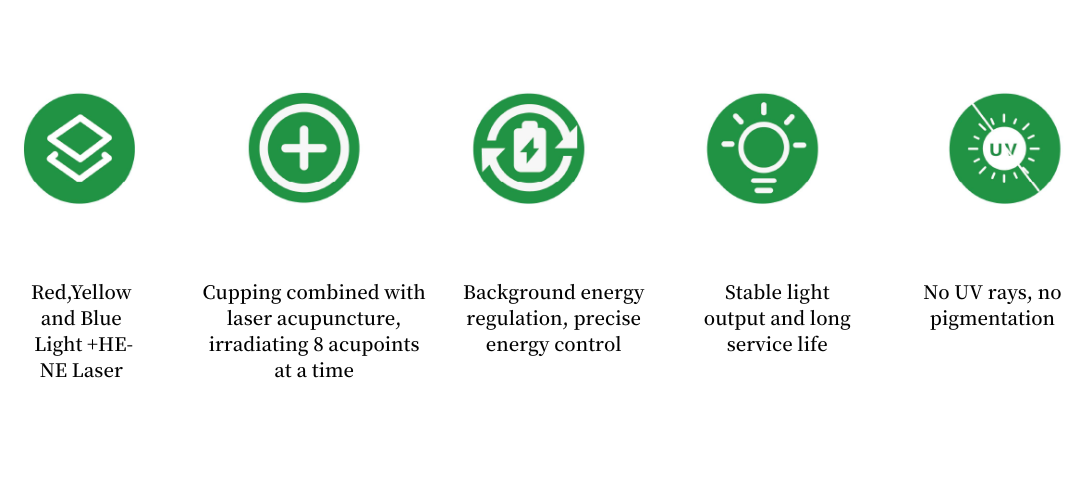
Multiple Functions
This is a multifunctional dermatology management machine with a wide range of uses, including irradiating acupoints, wound healing, tissue repair, etc. There is always a function that suits you!
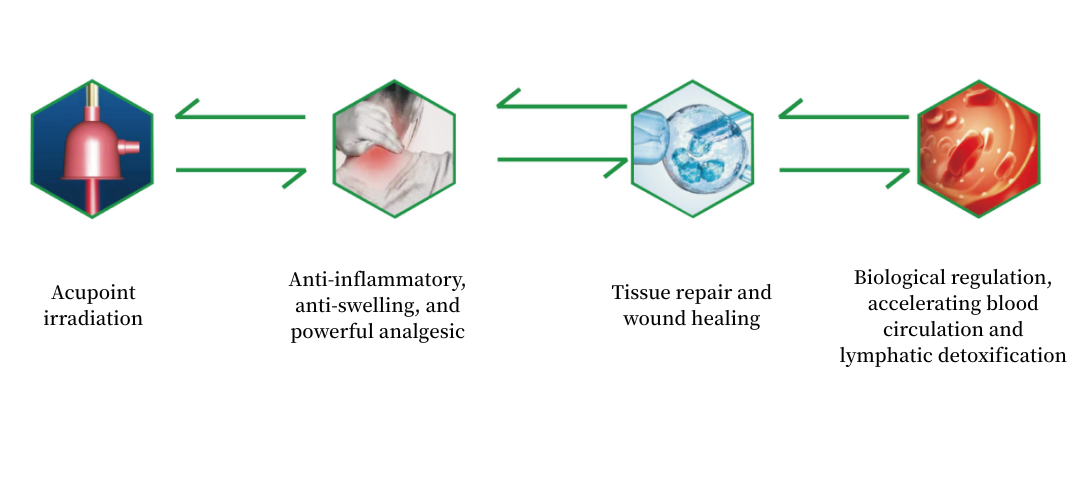 Skin Laser Parameters
Skin Laser Parameters
| Laser Wavelength | 632.8±10nm |
| Laser Length | 600mm±10mm |
| Rated Output Power of Laser | Single channel 15mW; Four Channel 10mW |
| Total Rated Output Power of Laser | ≤30mW |
| Divergence Angle | 0.25rad |
| LED Power | Red 12mW; Blue 12mW; Yellow 6mW |
| Light Irradiance | 15mW/cm² |
| Laser Power Uniformity | Better than 0.4 |
| LED Peak Wavelength | Red LED 640nm±10nm, Blue LED 465nm±10nm, Yellow LED 585nm±10nm |



